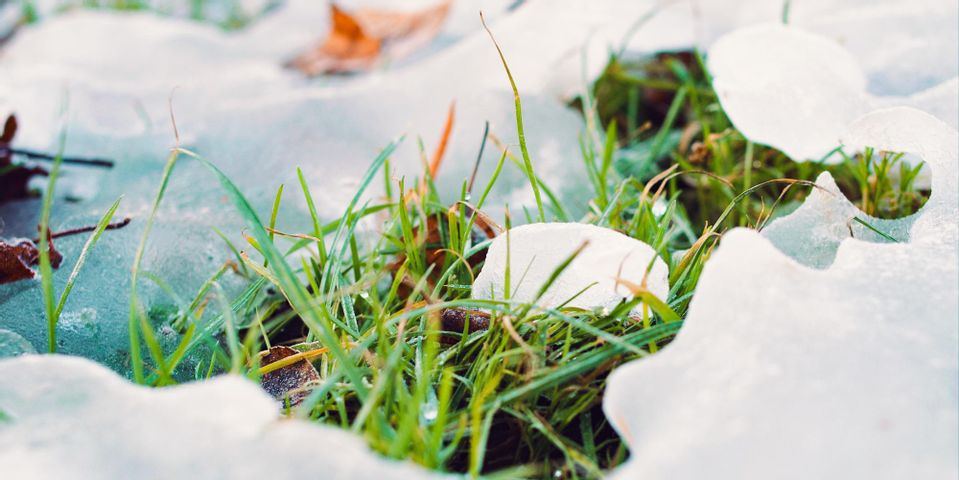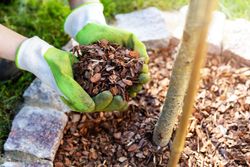How to Protect Your Yard From Frost Heaving This Winter

A little water in the soil is usually good for plants. But in the winter, this moisture can contribute to an effect known as frost heaving. The resulting disturbance in the soil may leave your yard looking rough, as well as put your plant life in harm’s way. To help you prepare for below-freezing temps, here’s what every homeowner should know about frost heaving and how to manage it with the help of an arborist.
What Is Frost Heaving?
Frost heaving occurs when the environment is at freezing or below. When the soil reaches this temperature range, the moisture it holds toward the top layer will freeze. This initial freezing triggers a small swelling.
However, when the frosted soil thaws out, the ice will melt, allowing moisture to penetrate deeper into the ground. When the next frost occurs, the water surrounding dirt particles freezes. This will once again cause a swelling response that pushes the soil outward. As these cycles continue, the swelling will intensify, eventually creating deep, disruptive cracks in the landscape.
How Does Frost Heaving Harm Plants?
When a frost heave develops near a plant, the swelling action can push the roots through the soil. Poor weather conditions and other elements dry out and damage the roots. This is common with young plants—such as saplings—that have yet to build strong root systems.
In some cases, plants can recover from a frost heave but may exhibit stunted growth. In severe situations, the plant will die or be pushed out of the soil entirely.
Can You Prevent Frost Heaving?
 While there’s not much you can do about the outdoor temperature in the winter, there are still a few different ways you can protect your landscape and plant life from frost heaving.
While there’s not much you can do about the outdoor temperature in the winter, there are still a few different ways you can protect your landscape and plant life from frost heaving.
Before winter arrives, it’s a good idea to mix a top layer of compost into the soil—especially in low spots. In addition to providing nutrients for healthy plant growth, compost helps improve drainage by breaking up the soil. Improved drainage makes it less likely that there will be moisture near the surface.
The best thing you can do, however, is to add a layer of mulch around the base of the plant or tree trunk. For adequate coverage, arborists recommend making the layer about five inches deep. Throughout the winter, the mulch will help insulate the soil to prevent it from freezing.
Committed to enhancing the landscapes of St. Charles, MO, Liscombe Tree Services is a leading resource for exterior winterproofing. Well-versed in regional tree varieties, these arborists can offer effective mulching strategies, as well as help prepare the soil for healthy root development. To learn more about these services, visit this fully-insured tree care company online. For service appointments or 24/7 emergency assistance, call (314) 650-9055.
About the Business
Have a question? Ask the experts!
Send your question

